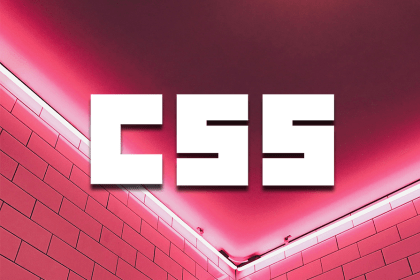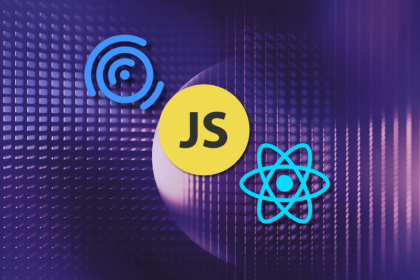map(), flatMap(), and flatten()
corner-shapeLearn about CSS’s corner-shape property and how to use it, as well as the more advanced side of border-radius and why it’s crucial to using corner-shape effectively.

An AI reality check, Prisma v7, and “caveman compression”: discover what’s new in The Replay, LogRocket’s newsletter for dev and engineering leaders, in the November 26th issue.

RippleJS takes a fresh approach to UI development with no re-renders and TypeScript built in. Here’s why it’s gaining attention.

As a developer, it’s easy to feel like you need to integrate AI into every feature and deploy agents for every task. But what if the smartest move isn’t to use AI, but to know when not to?
Hey there, want to help make our blog better?
Join LogRocket’s Content Advisory Board. You’ll help inform the type of content we create and get access to exclusive meetups, social accreditation, and swag.
Sign up now